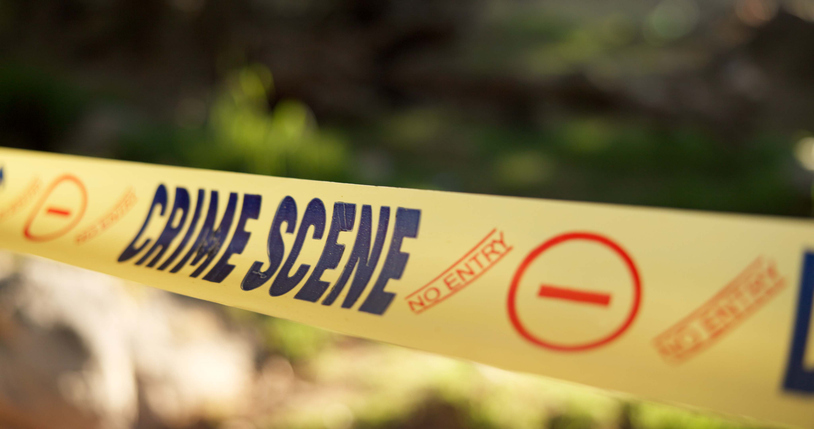COVINGTON, Louisiana — An untested procedure to plug the blown-out oil well in the Gulf of Mexico seemed to be working, officials said Thursday, but new estimates showed the spill has already surpassed the Exxon Valdez as the worst in U.S. history.
A team of scientists trying to determine how much oil has been flowing since the offshore rig Deepwater Horizon exploded April 20 and sank two days later found the rate was more than twice and possibly up to five times as high as previously thought.
The fallout from the spill has stretched all the way to Washington, where the head of the federal agency that oversees offshore drilling resigned Thursday and President Barack Obama insisted his administration, not BP, was calling the shots. His comments marked a change in emphasis from earlier administration assertions that the government was overseeing the operation.
Text continues after gallery …
BP said the risky procedure, known as a top kill, was force-feeding mud into the blowout preventer and going according to plan. The company should know by the end of the day whether it was successful.
As for the spill, even using the most conservative estimate, the leak has grown to nearly 18 million gallons (68 million liters) over the past five weeks. In the worst case scenario, 39 million gallons (148 million liters) may have spilled. That’s where the Exxon Valdez ran aground in Alaska in 1989, spilling nearly 11 million gallons (42 million liters).
“Now we know the true scale of the monster we are fighting in the Gulf,” said Jeremy Symons, vice president of the National Wildlife Federation. “BP has unleashed an unstoppable force of appalling proportions.”
BP and the Coast Guard estimated soon after the explosion that about 210,000 gallons (795,000 liters) a day was leaking, but scientists who watched underwater video of well had been saying for weeks it was probably more.
U.S. Geological Survey Director Marcia McNutt said two different teams of scientists calculated the well has been spewing between 504,000 gallons (1.9 million liters) and more than 1 million gallons (3.8 million liters) a day.
BP spokesman Steve Rinehart said the previous estimate came from industry experts and scientists based on the best data available at the time. Asked for the company’s response to the new numbers, he replied: “It does not and will not change the response. We are going all out on our response.”
Marine scientists also said Thursday they have discovered a massive new plume of what they believe to be oil deep beneath the Gulf, stretching 22 miles (35 kilometers) from the leaking wellhead northeast toward Mobile Bay, Alabama. The discovery by researchers on the University of South Florida College of Marine Science’s Weatherbird II vessel is the second significant undersea plume recorded since the rig exploded.
Last week, BP inserted a mile-long (1,500 meter) tube to siphon some of the oil from the gushing well into a tanker. It sucked up 924,000 gallons (345,000 liters), but engineers had to dismantle it so they could start the top kill Wednesday afternoon.
If the top kill works, BP will inject cement into the well to seal it. The top kill has been used above ground but has never been tried 5,000 feet (1,500 meters) beneath the sea. BP pegged its chance of success at 60 to 70 percent, and Obama cautioned that it “offers no guarantee of success.”
Lt. Commander Tony Russell, an aide to Coast Guard Adm. Thad Allen, said Thursday the mud was stopping some oil and gas but had a ways to go before it proved successful. The top kill started Wednesday night.
“As you inject your mud into it, it is going to stop some hydrocarbons,” Russell said. “That doesn’t mean it’s successful.”
In Washington, meanwhile, Minerals Management Service Director Elizabeth Birnbaum stepped down from the job she has held since July 2009. Her agency has come under withering criticism from lawmakers of both parties over lax oversight of drilling and cozy ties with industry.
An internal Interior Department report released earlier this week found that between 2000 and 2008, agency staff members accepted tickets to sports events, lunches and other gifts from oil and gas companies and used government computers to view pornography.
Polls show the public is souring on the administration’s handling of the catastrophe, and Obama sought to assure Americans that the government is in control.
“I take responsibility. It is my job to make sure this thing is shut down,” Obama said at a news conference.
He announced that a new moratorium on drilling permits will be extended for six months. He also said he was suspending planned exploration drilling off the coasts of Alaska and Virginia and on 33 wells currently being drilled in the Gulf of Mexico.
Fishermen, hotel and restaurant owners, politicians and residents along the 100-mile (160-kilometer) stretch of Gulf coast affected by the spill are also fed up with BP’s failures to stop the spill. Thick oil is coating birds and delicate wetlands along the Louisiana coast.
“I have anxiety attacks,” said Sarah Rigaud, owner of Sarah’s Restaurant in Grand Isle, Louisiana, where the public beach was closed because blobs of oil that looked like melted chocolate had washed up on shore. “Every day I pray that something happens, that it will be stopped and everybody can get back to normal.”
Seven cleanup crew members who reported dizziness, severe headaches and nausea while working in boats off the Louisiana coast remained hospitalized Thursday. The Coast Guard pulled commercial fishing boats from cleanup efforts in Breton Sound on Wednesday after workers first reported feeling sick. Later, the Coast Guard approved about half of Louisiana’s proposed 86-mile (138-kilometer) wall of sand to protect the coastline from the oil.
If the top kill fails, BP says it has several backup plans. The only permanent solution is drilling a second well, but that will take a couple of months. BP plans to go ahead with that even if the top kill works.
Though the spill is now the biggest in U.S. history, it’s not the biggest ever in the Gulf. An offshore drilling rig in Mexican waters — the Ixtoc I — blew up in June 1979, releasing 140 million gallons (530 million liters) of oil.
RELATED STORIES
















